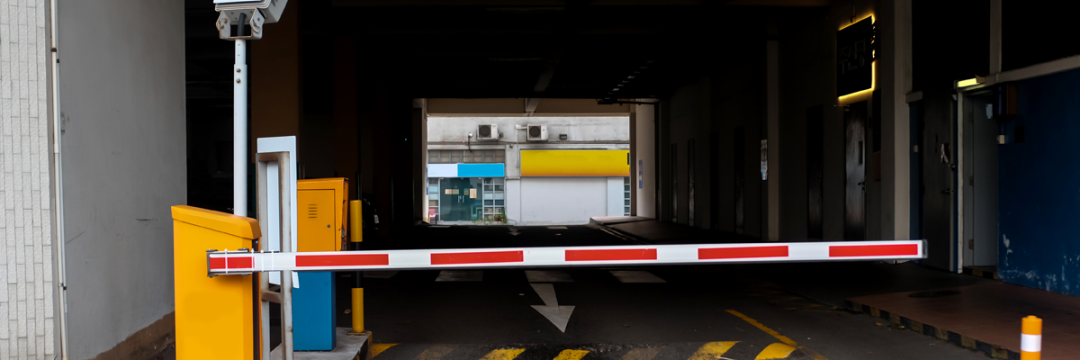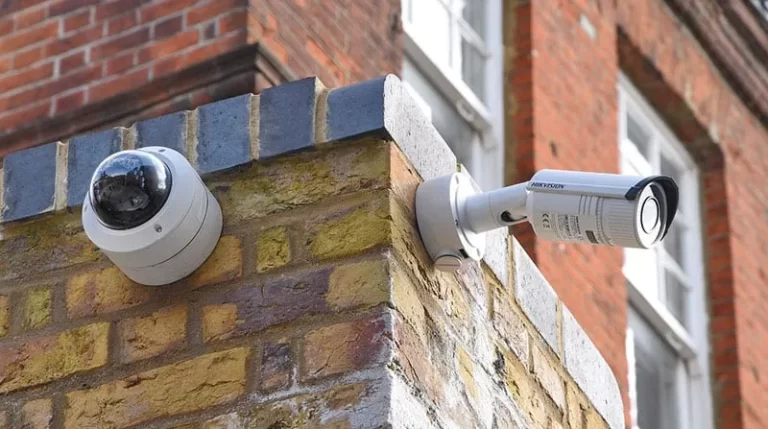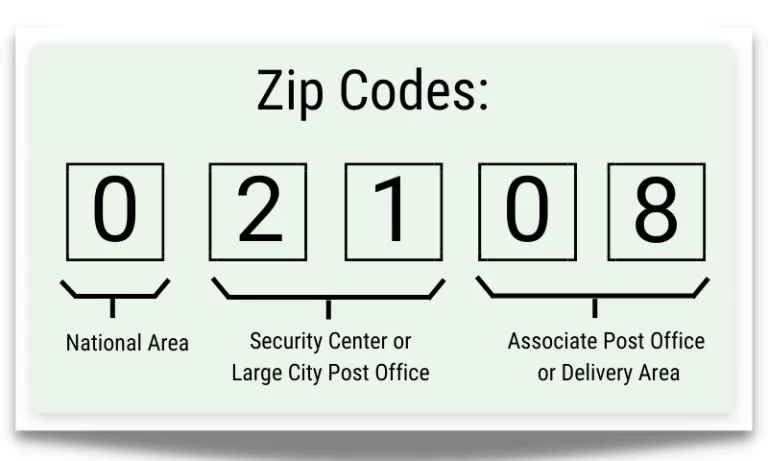What is a Boom Gate? Their Role in Traffic Management
Did you know that boom gates play a pivotal role in ensuring smooth traffic flow and enhancing road safety? These automated barriers are a common sight in parking lots, toll booths, and railway crossings.
In this comprehensive guide, we will delve into the world of boom gates, exploring their purpose, functioning, and widespread applications.
What is a Boom Gate?

At its core, a boom gate, also known as a traffic arm, is a mechanical barrier that consists of a sturdy metal arm, typically made of aluminum or steel.
These arms are designed to rise and fall in a vertical motion, either manually or automatically, to allow or restrict the passage of vehicles.
Boom gates are commonly employed in various scenarios, including parking facilities, toll plazas, industrial sites, and high-security areas. Their primary purpose is to regulate the flow of traffic, ensuring safety and efficiency.
How Do Boom Gates Work?
Let’s take a moment to learn how this amazing security equipment works:
1. Mechanical Components
A boom gate comprises several mechanical components that work in harmony to control vehicle access. These components typically include a motor, a boom arm, a balancing system, and a control mechanism.
2. Motor and Control Mechanism
The motor is responsible for powering the movement of the boom arm. It can be electric, hydraulic, or pneumatic, depending on the specific application.
The control mechanism, often an electronic control panel, governs the operation of the motor and enables the automation of the boom gate.
3. Boom Arm
The boom arm is the horizontal bar that extends across the roadway to block or grant access to vehicles. It is attached to the motor and moves vertically, guided by the balancing system.
4. Balancing System
The balancing system ensures the smooth and controlled movement of the boom arm. It consists of springs or counterweights that counterbalance the weight of the boom arm, allowing it to be raised and lowered with minimal effort.
5. Vehicle Detection and Safety Features
To detect the presence of vehicles, boom gates are equipped with sensors such as loop detectors or infrared sensors. These sensors trigger the opening or closing of the boom gate based on vehicle proximity.
Additionally, boom gates often incorporate safety features like safety skirts, reflective strips, and emergency stop buttons to enhance visibility and prevent accidents.
6. Applications of Boom Gates
Boom gates find wide-ranging applications across various industries and settings. Here are some notable examples:
7. Parking Facilities
In parking lots, boom gates are commonly used to regulate the entry and exit of vehicles. They help manage parking spaces efficiently, prevent unauthorized parking, and ensure that only authorized individuals can access restricted areas.
8. Toll Plazas
At toll booths on highways and expressways, boom gates control the flow of vehicles, allowing access only to those who have paid the toll. This helps in maintaining a systematic collection of toll fees and prevents toll evasion.
9. Railway Crossings
Boom gates are instrumental in ensuring safety at railway crossings. They automatically lower the boom arms to block road traffic when a train approaches, preventing accidents and providing a clear indication for drivers to stop.
10. Industrial Sites
Industrial complexes often employ boom gates to control the entry and exit of vehicles, especially in areas where security and restricted access are paramount.
This helps in safeguarding valuable assets, maintaining privacy, and regulating the movement of vehicles within industrial premises.
What are the Advantages of Boom Gates?

Here are some amazing benefits of boom gates:
1. Enhanced Traffic Management
Boom gates effectively control the flow of vehicles, minimizing congestion and facilitating smooth traffic management.
2. Improved Security
By restricting unauthorized access, boom gates enhance security in various locations, including residential complexes, commercial buildings, and government facilities.
3. Safety Enhancement
Boom gates equipped with safety features contribute to accident prevention, ensuring the safety of both pedestrians and drivers.
4. Efficient Parking Management
In parking facilities, boom gates enable efficient utilization of parking spaces by allowing only authorized vehicles to enter and exit.
Conclusion
In conclusion, boom gates serve as indispensable tools in traffic management and access control. Their ability to regulate the movement of vehicles, enhance security, and ensure safety makes them a valuable asset in various settings.
So, the next time you witness a boom gate in action, take a moment to acknowledge its role in keeping our roads safer and traffic flowing smoothly.
READ ALSO!!!



